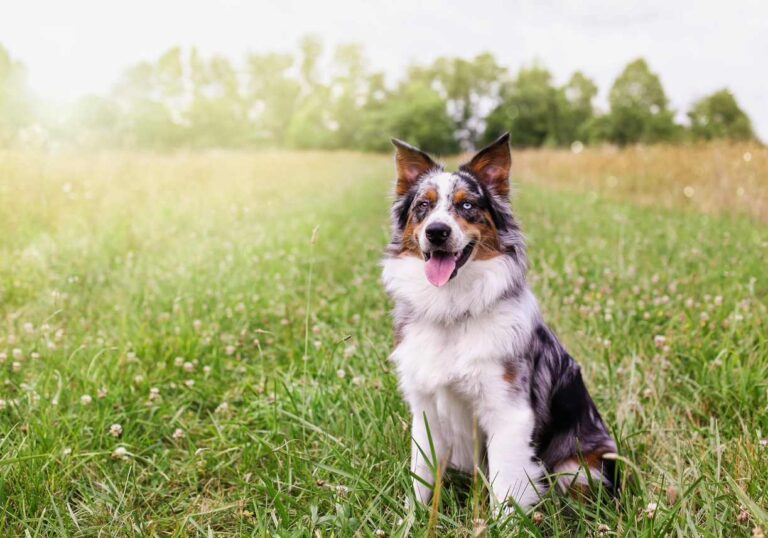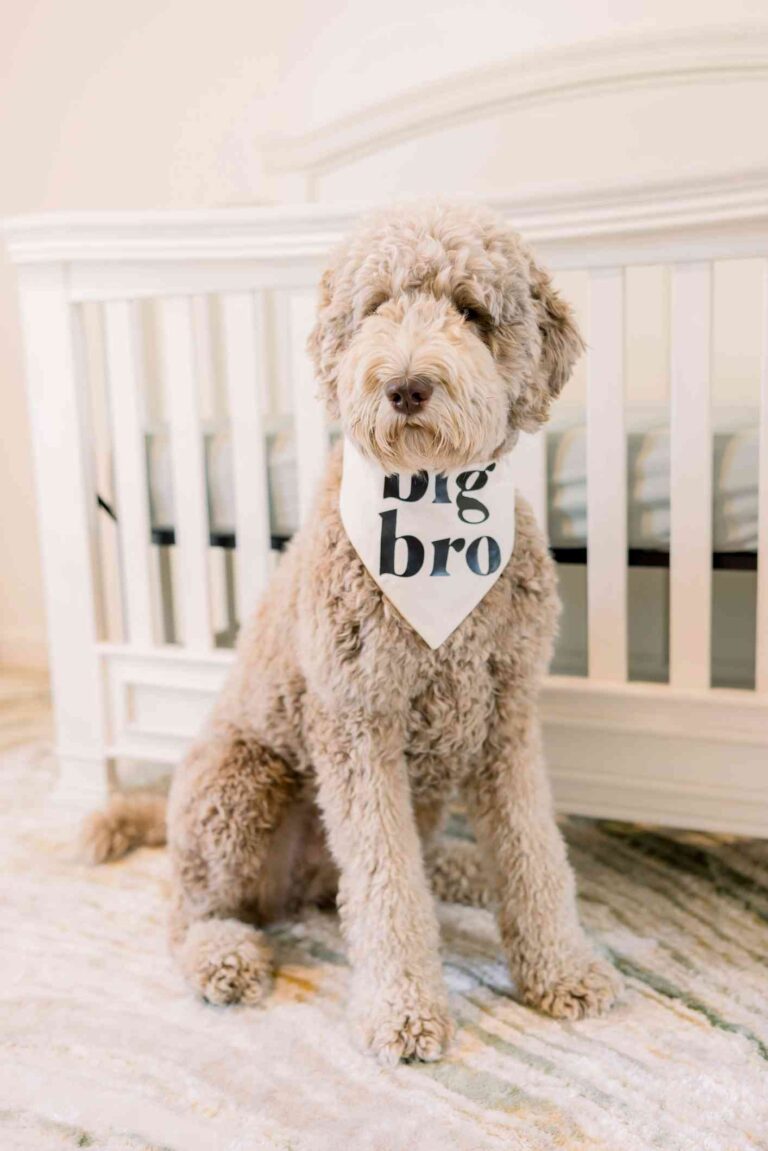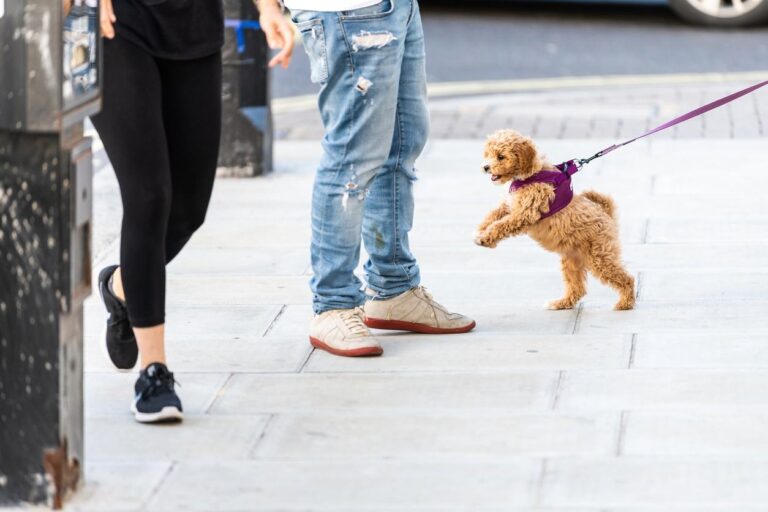How much time should I spend each day training my puppy? We hear this question all the time. The answer is that there are a number of factors that determine how much time your puppy can handle training and what kind of training you mean in the first place.
First, let’s define training. The first thought when we say “training” is to teach sit, down, come, etc. However, puppies also need to work on what we call “manners,” like housebreaking, playbiting, and socialization. All of this is time-consuming, and we would consider puppy manners to be the top priority as the puppy is young, and shift into the higher-level obedience training as they are older. We’ve broken down the top training priorities by age and how much time you should spend on it.
8-10 weeks
Training Priorities: At this age, you’ve probably only just brought your puppy home. The puppy is adjusting to their new surroundings and being away from their littermates. You should focus on crate training, housebreaking, and socialization at this time.
Time Allocated: Housebreaking and crate training for puppies will happen naturally, as needed. You should crate your puppy overnight for up to 8 hours and during the day for up to 3 hours. It is important that the puppy has nap times in the day in the crate at this age, so you can prepare to leave them alone, as needed.
Socialization should focus on the puppy visiting new places, and meeting new people and (healthy, vaccinated) dogs. Your puppy won’t have completed their vaccinations yet, so you should bring them only to areas with low traffic, free from wildlife or potentially unvaccinated pets. Carrying your puppy to stores or restaurants are a great way to give them exposure. Planned play dates are another safe way to socialize your puppy. We recommend the puppy visit 3 new places each week, and see 30-40 new people and dogs each week.
Note: You should socialize your puppy by exposing them to positive experiences in a number of different environments and with different people and pets. They should see 30-40 new people and dogs, which means that they don’t have to meet all 40, but the puppy should be in their presence and seeing that people and dogs walking by are a normal part of life.
11-13 weeks
Training Priorities: At this point, your puppy probably has a better routine at home and is starting to be more mobile and energetic. You may need to turn your attention to the mouthiness that is probably developing. Playbiting and chewing inappropriately tend to be prominent at this age, as teething typically starts around 12 weeks of age.
If you are concerned about jumping, that can also be addressed at this age. Plus, some basic sit, down, or come can be started. Don’t forget to continue socializing your puppy. The socialization window is theorized to be 3-12 weeks, so you should do as much as you can before the window closes!
Time Allocated: You need to work on playbiting and chewing as it occurs. Socialization outings should continue to be a few times each week. For teaching a sit or other basic obedience, spend no more than 5-10 minutes on each obedience behavior a few times per day. Puppies still have short attention spans and you’ll likely have more success if you practice for short periods multiple times.
14-16 weeks
Training Priorities: More formal obedience training can begin now. You still may be dealing with some of the puppy manners (chewing, playbiting, jumping, etc), but the puppy’s attention span is long enough to have formal training. Sit, down, come, place, and leash walking are some of the most common commands to start teaching puppies. In addition, your puppy has likely had their last round of vaccinations in this period and can visit locations they hadn’t before (trails, dog parks, etc.).
Time Allocated: Most professional trainers will start doing one-hour sessions with puppies about this age. For owners that want to do the training themself, consistency is the most important aspect. When considering how much time should I spend training, spend no more than 15 minutes on one command each day and it’s best if the training is done multiple times per week, or even daily. Make sure to set about 20-30 minutes aside for socialization a few times each week, too.
16+ weeks
Training Priorities: Obedience and any lingering socialization holes. You’ll want to start introducing your puppy to distraction obedience and training in public (neighborhood, parks, stores, etc.). If there were any settings or stimulus that made your puppy behave fearfully or reactive (e.g. barking), it’s important that you focus on positive interactions in this setting.
Time Allocated: This will, of course, depend on how much time you have to spend and where the puppy needs the practice. Spending an hour each day to reinforce obedience behaviors would be ideal, but for busy parents, spend as much time as you have and just try to keep everything consistent.
We’re here to help
If you have any questions on obedience, manners and behavioral training you can schedule a free consultation with our Pet Behavior Team. Beyond the Dog can provide professional advice and share more about our training programs and methods to support your needs. Our training programs are personalized with one-on-one sessions at your home and local Houston neighborhood.
Our Certified Applied Animal Behaviorist and co-founder, Dr. Echtlering-Savage, offers Virtual Consultation training packages. In these packages, she will develop a personalized training plan that offers step-by-step guidance and support.




